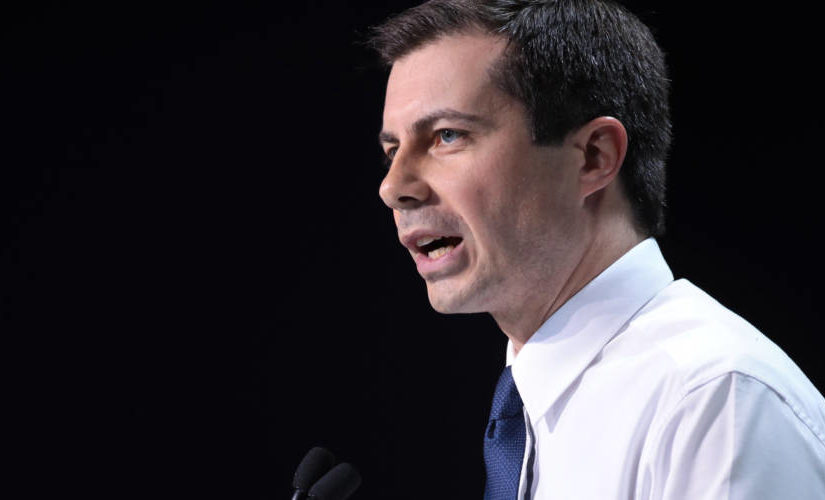+ info: Columbia Jornalism Reviews
THE NEW REPUBLIC RECENTLY RETRACTED an op-ed on presidential candidate Pete Buttigieg that was filled with sexually graphic speculation and harmful tropes about the promiscuity of gay men. The article, “My Problem with Mayor Pete,” was widely denounced as “inappropriate,” “disgusting,” and homophobic—but it is far from the only writing about Buttigieg’s sexual identity that misses the mark. Public rumination on whether he is “out but not too out”or “gay enough” is a running part of the national political discourse.
Journalists have relatively limited experience covering sexual identity in the campaign world. There are few LGBTQ elected officials in the United States. Queer and trans representatives account for less than .013% of the nation’s 550,000 elective positions. To date, seven states have never had an LGBT representative at any level of government. Texas, the second-largest state in the country, has fewer than 10 LGBT representatives.
How LGBTQ candidates are perceived when they run for office is determined in large part by how the media treats their coming out stories, the historic nature of their candidacy, and their self-presentation. And the stories journalists report are shaped by ideas about sexual identity that are sometimes uninformed.


